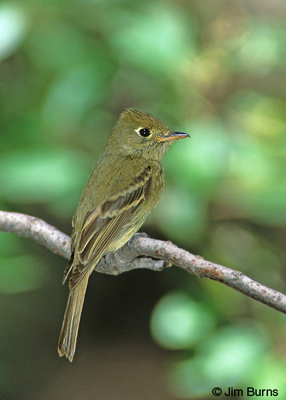
Birders use infographics every time they look at a species’ distribution map in a field guide, but a more sophisticated example is the color coded maps generated from the online checklists of eBird based on real time observations. Maps have been with us for a long time, but for most of that time geography was all anyone was charting and graphing. It wasn’t until the early nineteenth century that someone began visualizing data rather than just verbalizing it. Credit goes to William Playfair, a Scottish economist who first theorized the human brain processed images more quickly and comprehensibly than words.
Birders who follow sports at its highest professional level have probably read about visualization techniques, and anyone who has endured athletic instruction at a beginning level has personally experienced how difficult it is to learn from a teacher who “loves the sound of their own voice.” Having been an instructor of movement longer than I’ve been a birder or a field trip leader, I know firsthand that “do what I do” works better for most students than “do what I’m telling you,” and I’ve often seen the light bulb flicker on and gotten profuse thanks when I’ve shown students photographs or videos that I’ve taken of them in action. I believe a vast majority of the human species learns visually more readily and rapidly than they learn verbally.
When I first got involved with bird photography I knew a lot more about birds than I did about photography, but I discovered it was easier to shoot first and then read the descriptive text in the guide books with the field marks in my images in front of me. My toughest identification problems, and thus my first photographic subjects, were empidonax flycatchers and sparrows. This “shoot, then study” method was good for learning identification skills because photographs don’t fly away, and I also, gradually, learned how to take more pleasing bird images.
As a trip leader, I’ve encountered two major problems over the years--most groups are way too big and they often include the full spectrum of birders from beginners to hard core listers. A high percentage of that spectrum just wants someone who can point the birds out. Beginners need a lot more, and I feel much more comfortable enlightening novices than preaching to the choir.
The next time I agree to lead a field trip there will be a strict limit, six people, beginners only. Prior to leaving the parking lot, I will pass out a 5x7 photo of each of the most expected species, good images showing best field marks. Maybe we’ll spend ten minutes max on giss (general impression, size and shape). Then we’ll take the stack of photos with us and leave field guides in the cars. We see a bird. Then we look at its photographic image. Then we really see the bird. Now that’s infographics. How many words is a picture worth? Beginners don’t need to hear how much I know. My dream is to lead a field trip like this and never say a word the whole time.